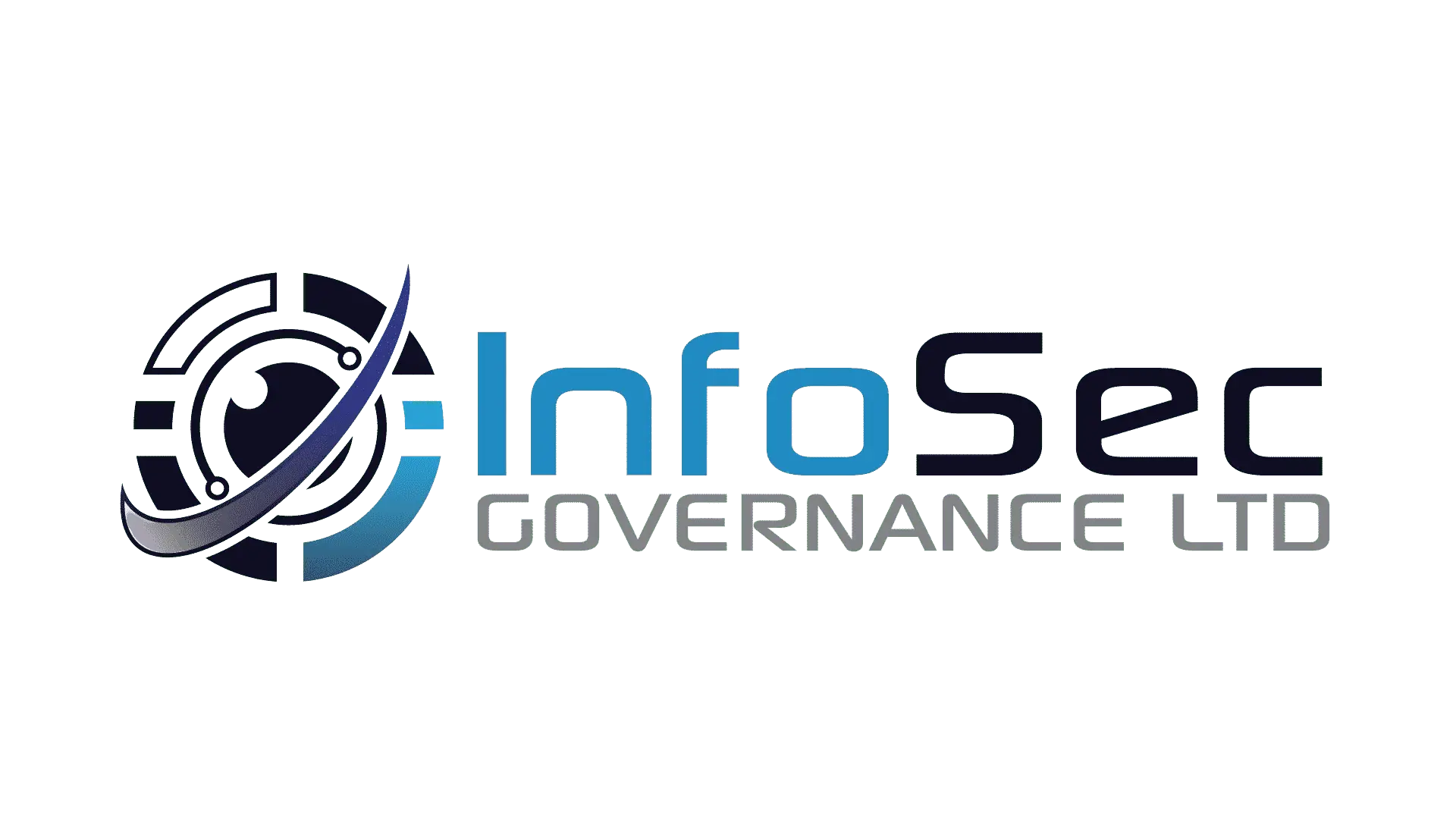What is a business asset and why you need to be logging them?
A business asset is something that is deemed useful or something that is valuable to you or the business, an business asset can be defined as:
- People
- Property
- Information (such as databases, software, source-code, company records)
- Equipment
Business assets are not restricted to the above list, you can define an asset to be anything to you or the business, as long as it’s important. You can be a generalist like the above items in the list, or break them down further, personally the more you break the assets down, the more it will be of use to you.
Why log them?
Why should you log your assets? The simple reason is, so you know what you have and where they are. If you have something of importance to you, you need to know where they are stored, what they are being used for, what their serial numbers are (if they have one) and who they have been allocated to.
The big question I hear you ask now is, how do I go about logging them, what should I include and how often should I log them? These are all good questions and can depend a lot upon the business type and size of the business. When you search for “asset management” on the Internet, you will receive hundreds of thousands of search items, listing from software applications that cost thousands of pounds, to small freeware type applications to people recommending Excel. The preference is, unfortunately down to the business. For example, if you utilise CRM software, you may find that logging all your assets within the CRM will be of more benefit to you and the business.
When should you update the asset register/log? Basically, any time that anything changes, if it doesn’t change, you should at least review the items every six to twelve months to ensure that the information you have is correct.
For this blog article, we are going to look at using Excel or a similar spreadsheet application, like Google Sheets. For an efficient business asset management recording process, you should be looking at recording the following information, however, this can be tailored to your business and your requirements.
Physical assets
For physical assets, you should record a lot of information to ensure that you know where your physical items are, especially if you rely upon mobile or laptop devices. A recommendation is to log the following information:
- Reference
- Type of asset
- Description of asset
- Why do you have it?
- Location
- Owner
- Serial number
- Is it encrypted?
- Is it trackable?
- Can you remote wipe?
- Is it in use?
- Last, checked?
Informational assets
Information assets can be broken down quite a bit and it really depends upon the type of business you are and what you are recording. Businesses that don’t work towards ISO standards will not record as much information as those businesses would.
For this blog article, we recommend that you record the following information:
- Reference
- Primary asset type
- Sub asset type
- What does it do?
- Location
- Owner
- Does it contain personal data?
- Does it contain sensitive data?
- Who has access
- Information Classification
- Is it shared Externally?
- Format type (digital/paper)
- Retention period
- Are you a data controller/processor?
- Links to any legal documents
Removable media
If you use removable media, like, the information assets, you should ensure that you record the devices. We recommend that you record the following information:
- Reference
- Type of asset
- Description of asset
- Location
- Owner
- Device serial number
- Is it encrypted?
- Check-out date
- Check-in date
Once you have started to record your business assets, you may find that during the process you are finding assets that you didn’t know you had, or that you start to understand your business a bit more and can start streamlining it to make it more efficient.
Don’t forget to keep the document with all your business assets secure from or being accidentally deleted by taking a look at our top 10 cyber security tips.
I hope this article helps and that if you have any questions or recommendations, please don’t hesitate to get in touch.
